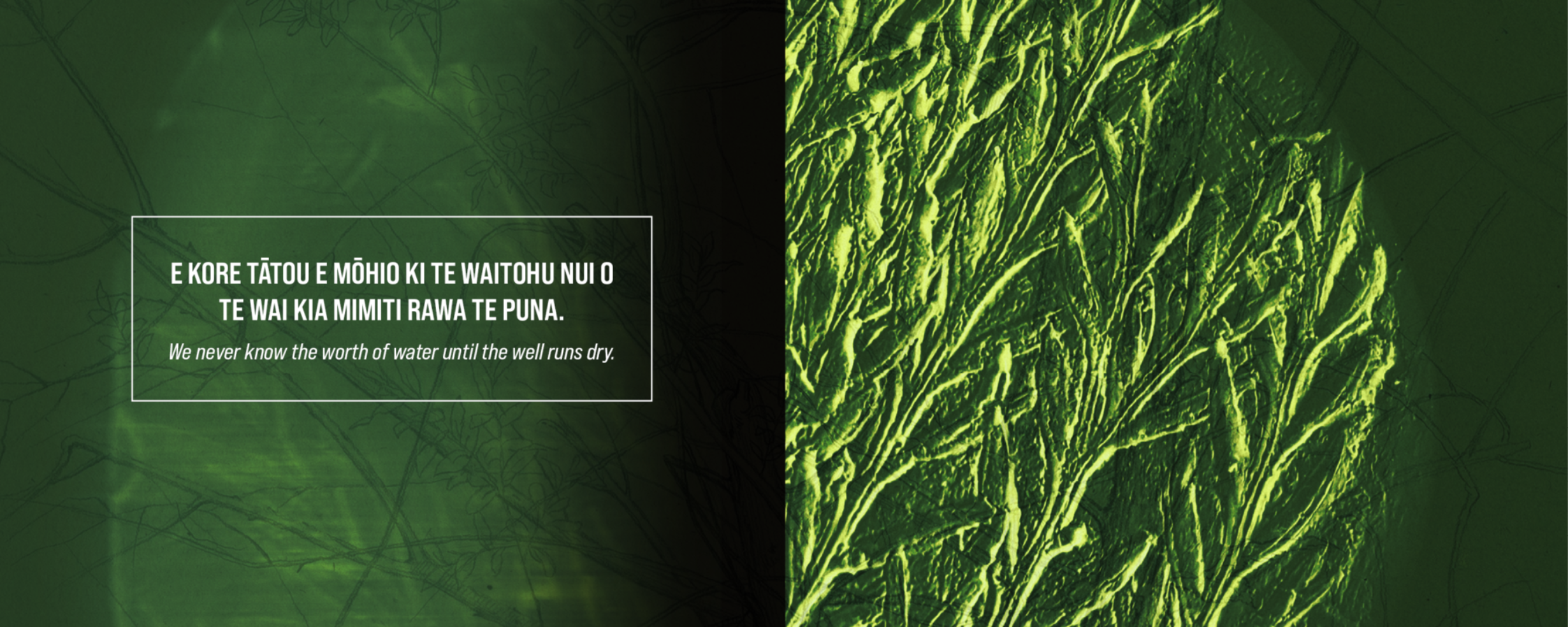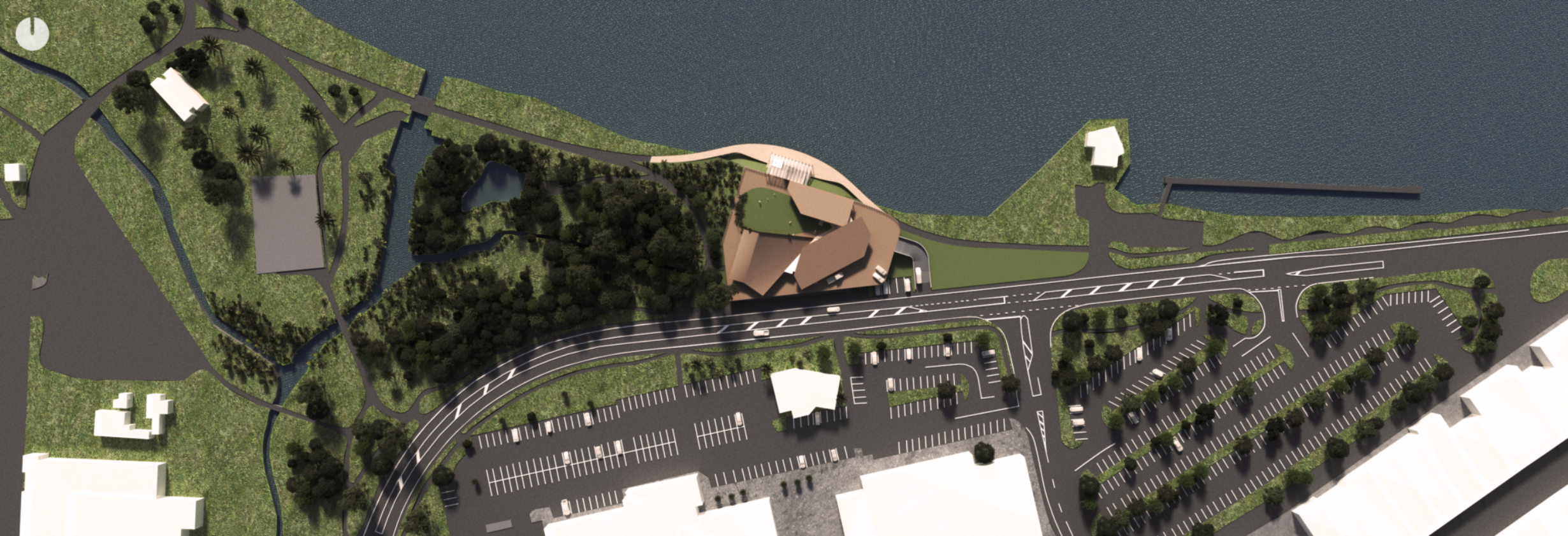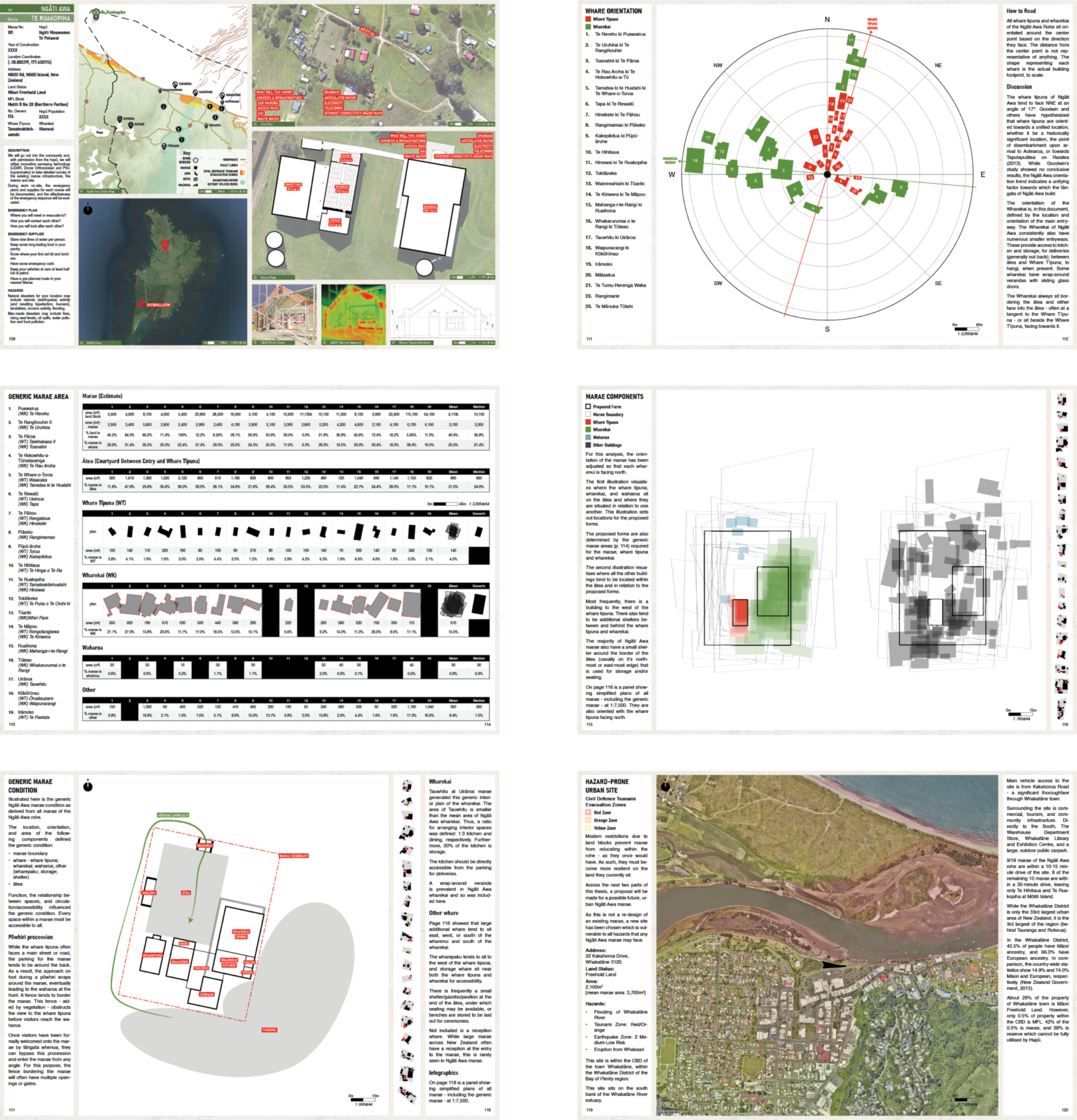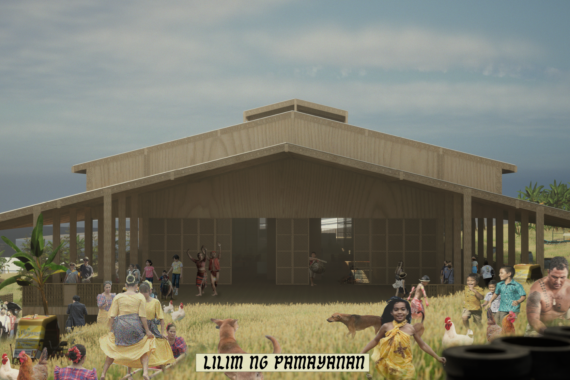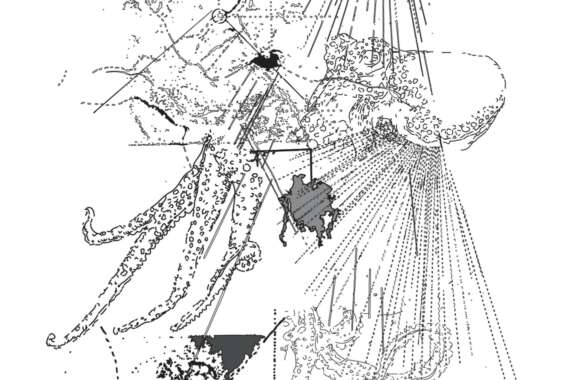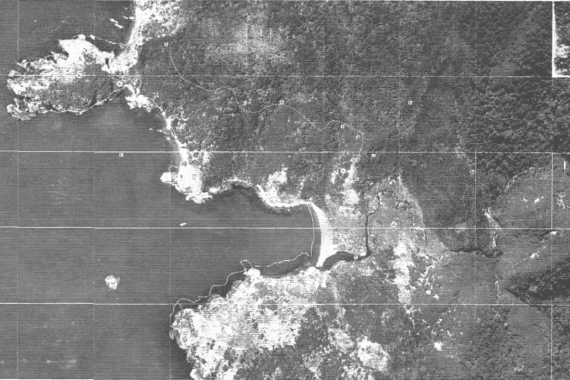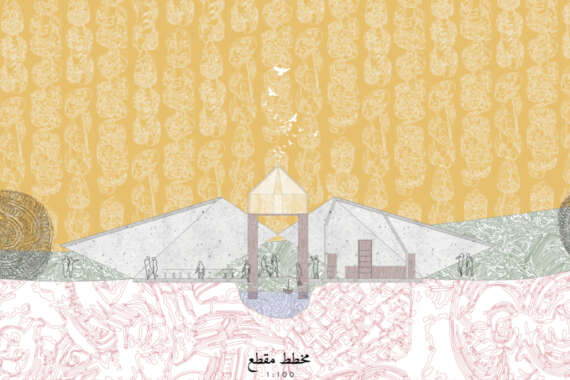Recompose, Reconfigure the Resilient Marae: Kei te Tautiaki o ngā Tāngata
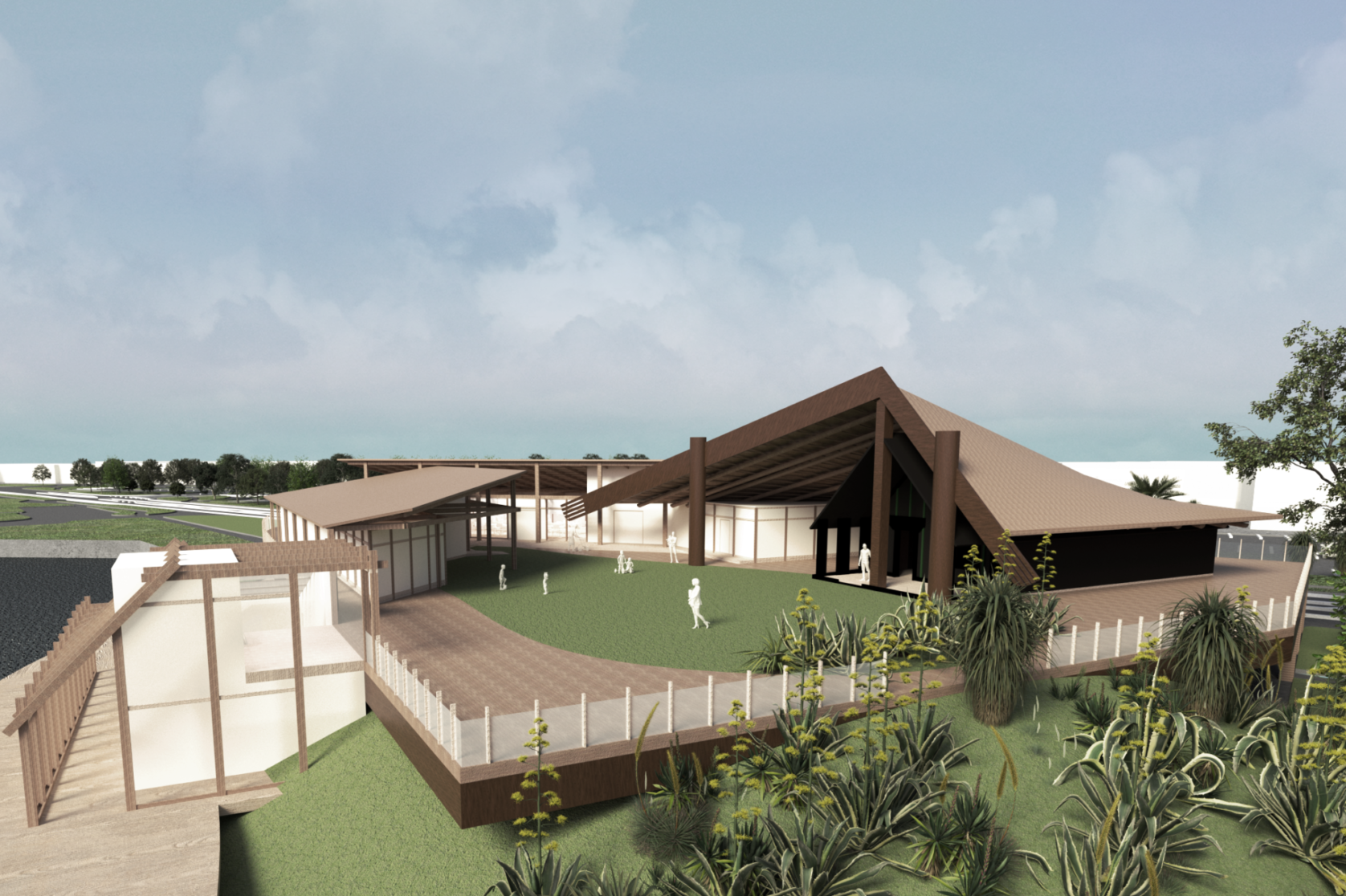
BRIEF
Propose a hazard-resilient marae for the iwi Ngāti Awa. Do not redesign an existing marae; provide a visual aid to the tāngata as they look into the future.
Design on a hazard-prone, river-side site within the Ngāti Awa rohe, where the tāngata of the iwi hold mana whenua. Consider the place of a Ngāti Awa marae in an increasingly urban context.
Prepare for flooding and seismic activity ahead of disaster by considering contemporary construction techniques harmoniously with customary construction knowledge. The marae must be able to withstand the hazard and provide support following the event.
Undergo a thorough design process to explore themes prevalent in research throughout the thesis. An exploratory design process will abstractly visualise these identified themes. Through an iterative development process, these ideas will be translated into physical, habitable form. This process must provide a sufficient justification for design choices leading to the final proposition.







